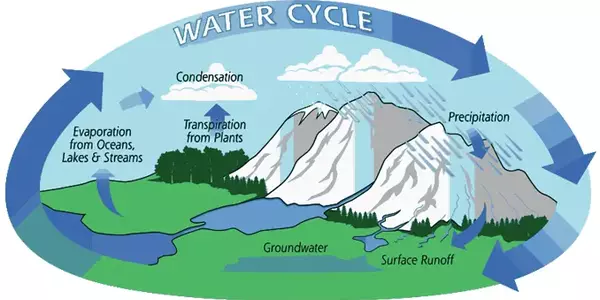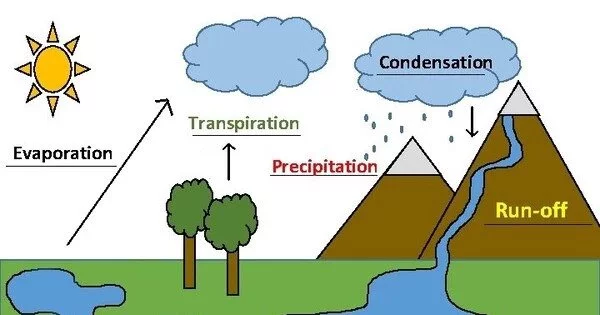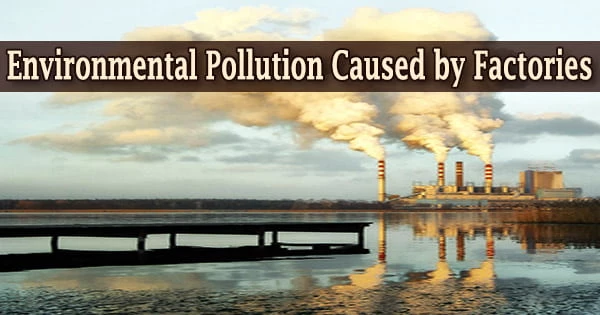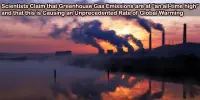The water cycle, also known as the hydrologic cycle, is the continuous movement of water on, above, and below the surface of the Earth. The water cycle is driven by solar energy and is essential for the maintenance of life on Earth. The mass of water on Earth remains relatively constant over time, but the distribution of water into the major reservoirs of ice, fresh water, saline water (salt water), and atmospheric water varies depending on a variety of climatic variables.
The physical processes of evaporation, transpiration, condensation, precipitation, infiltration, surface runoff, and subsurface flow transport water from one reservoir to another, such as from a river to the ocean or from the ocean to the atmosphere. As a result, the water undergoes several transformations, including liquid, solid (ice), and vapor. The ocean is vital to the water cycle because it accounts for 86% of global evaporation.
The water cycle describes how water evaporates from the earth’s surface, rises into the atmosphere, cools and condenses into rain or snow in clouds, and then falls back to the earth’s surface as precipitation. Water that falls on land collects in rivers and lakes, soil, and porous rock layers, and much of it flows back into the oceans to evaporate. The cycling of water in and out of the atmosphere is an important aspect of Earth’s weather patterns.

The water cycle, also known as the hydrological cycle, is the process by which water moves through the Earth’s atmosphere, oceans, land, and living organisms. It is a continuous process that involves the following steps:
- Evaporation: This is the process by which water changes from a liquid to a gas or vapor form. It occurs when the sun’s energy heats up the surface water of the Earth, causing it to evaporate and rise into the atmosphere.
- Condensation: When the water vapor rises into the atmosphere, it cools and forms clouds. This is called condensation, as the water vapor changes from a gas back into a liquid.
- Precipitation: When the clouds become saturated with water vapor, they release the water back to the Earth in the form of rain, snow, sleet, or hail.
- Infiltration: When precipitation falls on the ground, some of it is absorbed into the soil, where it can be taken up by plants or recharge groundwater.
- Runoff: The rest of the precipitation that does not infiltrate the soil runs off the surface of the land and flows into rivers, lakes, and oceans.
- Transpiration: Plants absorb water through their roots and release it into the atmosphere through a process called transpiration. This water vapor then becomes a part of the water cycle.
The water cycle is an essential process for life on Earth, as it ensures the constant supply of fresh water for plants, animals, and humans. However, human activities such as deforestation, urbanization, and climate change are affecting the water cycle and leading to changes in the Earth’s water balance.
The water cycle involves energy exchange, which results in temperature changes. Water evaporates, absorbing energy from its surroundings and cooling the environment. It releases energy and warms the environment when it condenses. These heat exchanges have an impact on the climate.
The cycle’s evaporative phase purifies water, which then replenishes the land with freshwater. The movement of liquid water and ice transports minerals all over the world. It is also involved in reshaping the Earth’s geological features through processes such as erosion and sedimentation. The water cycle is also necessary for the survival of most life and ecosystems on Earth.
















